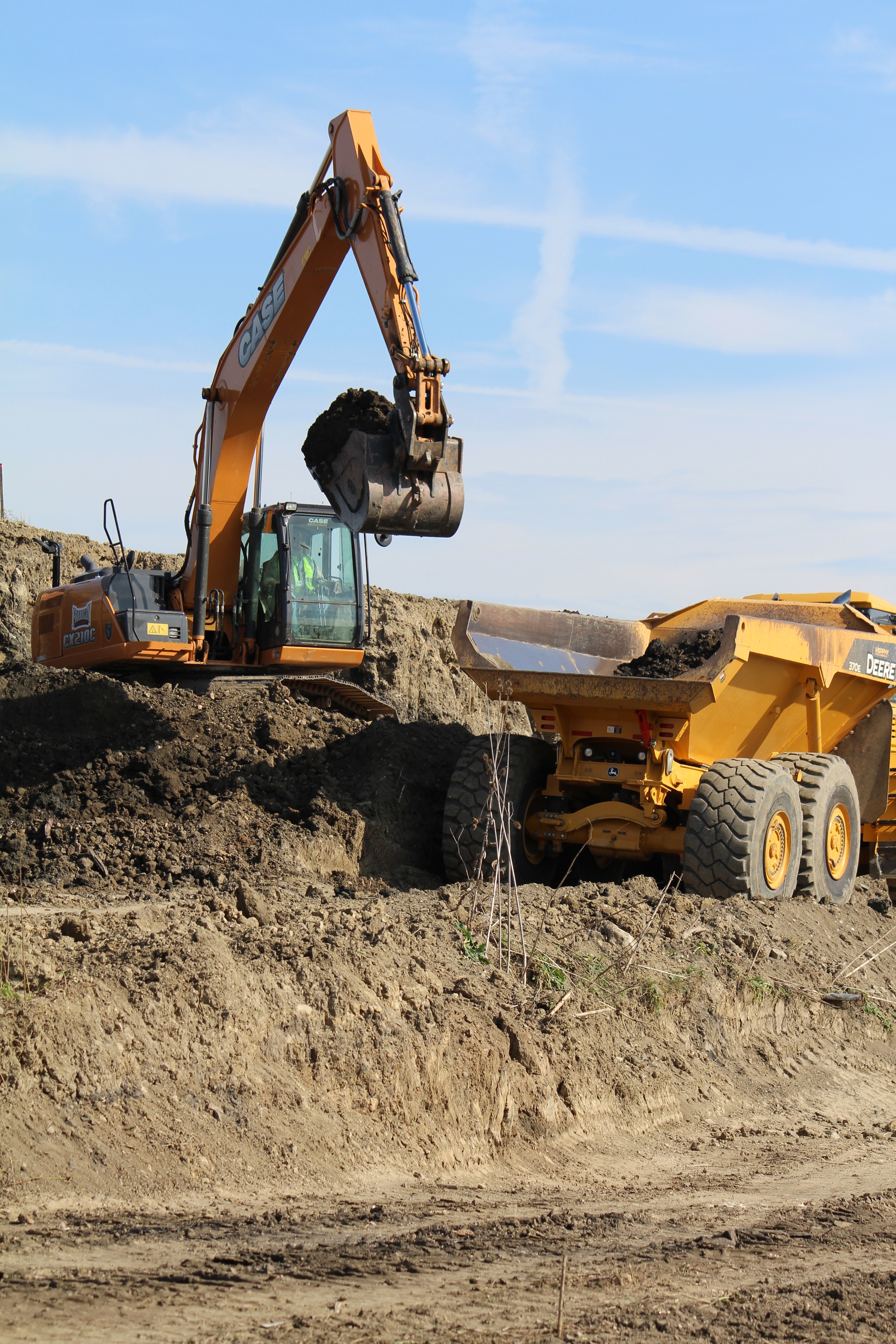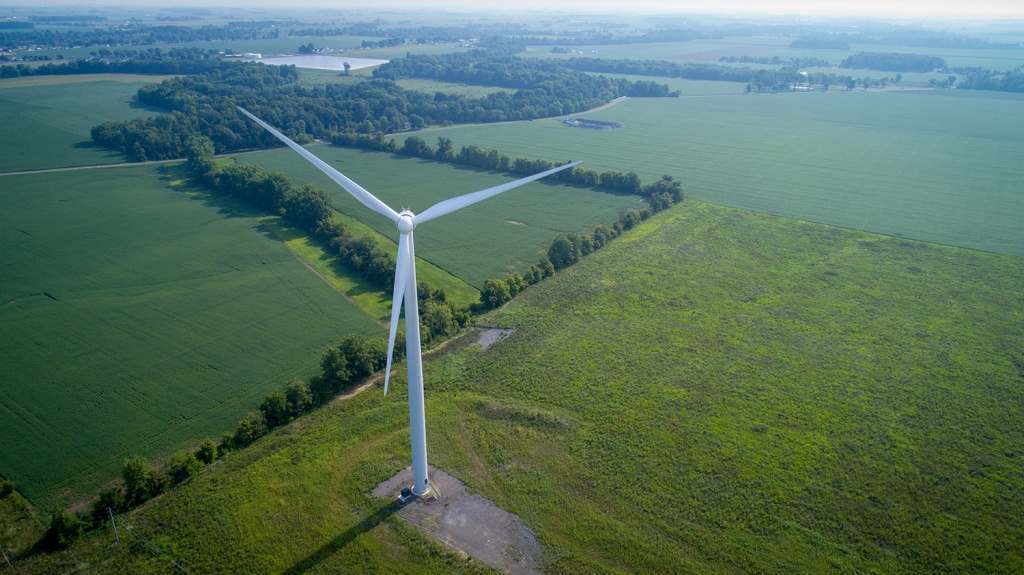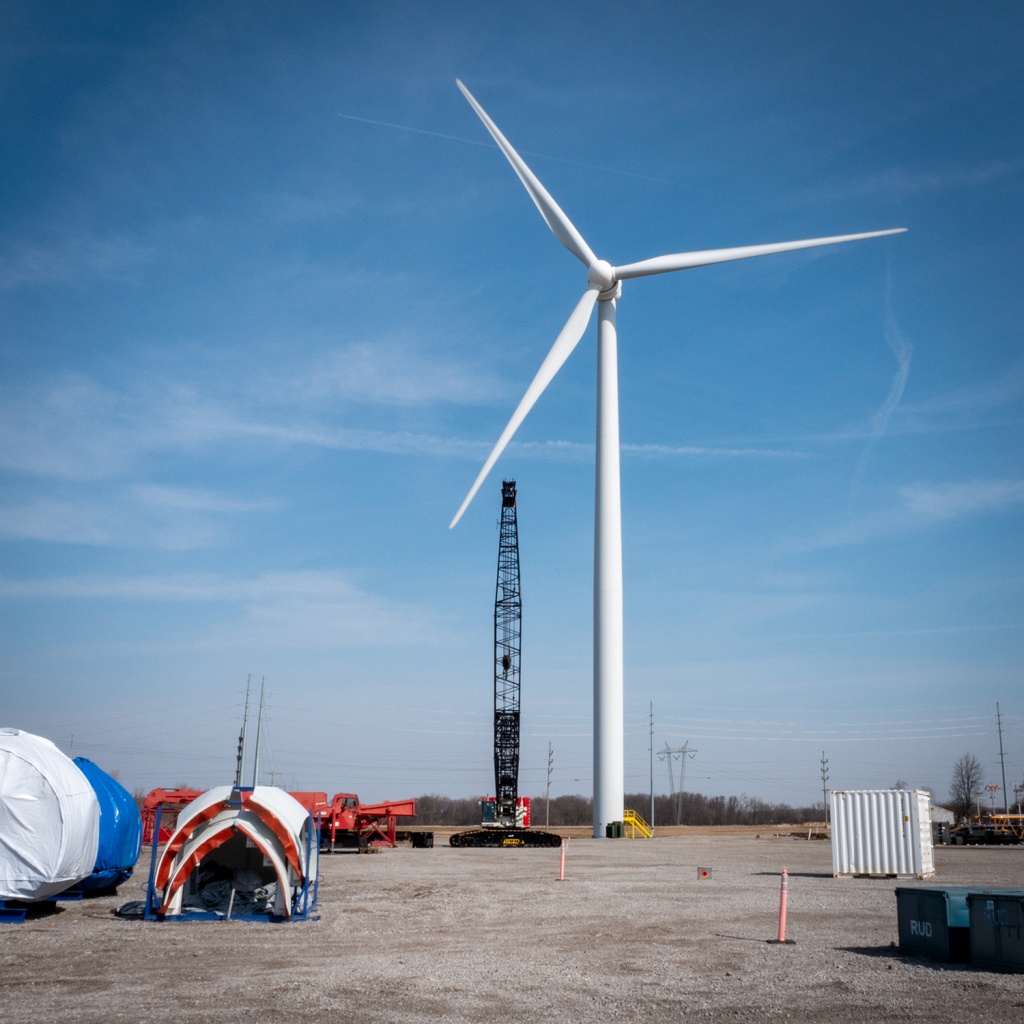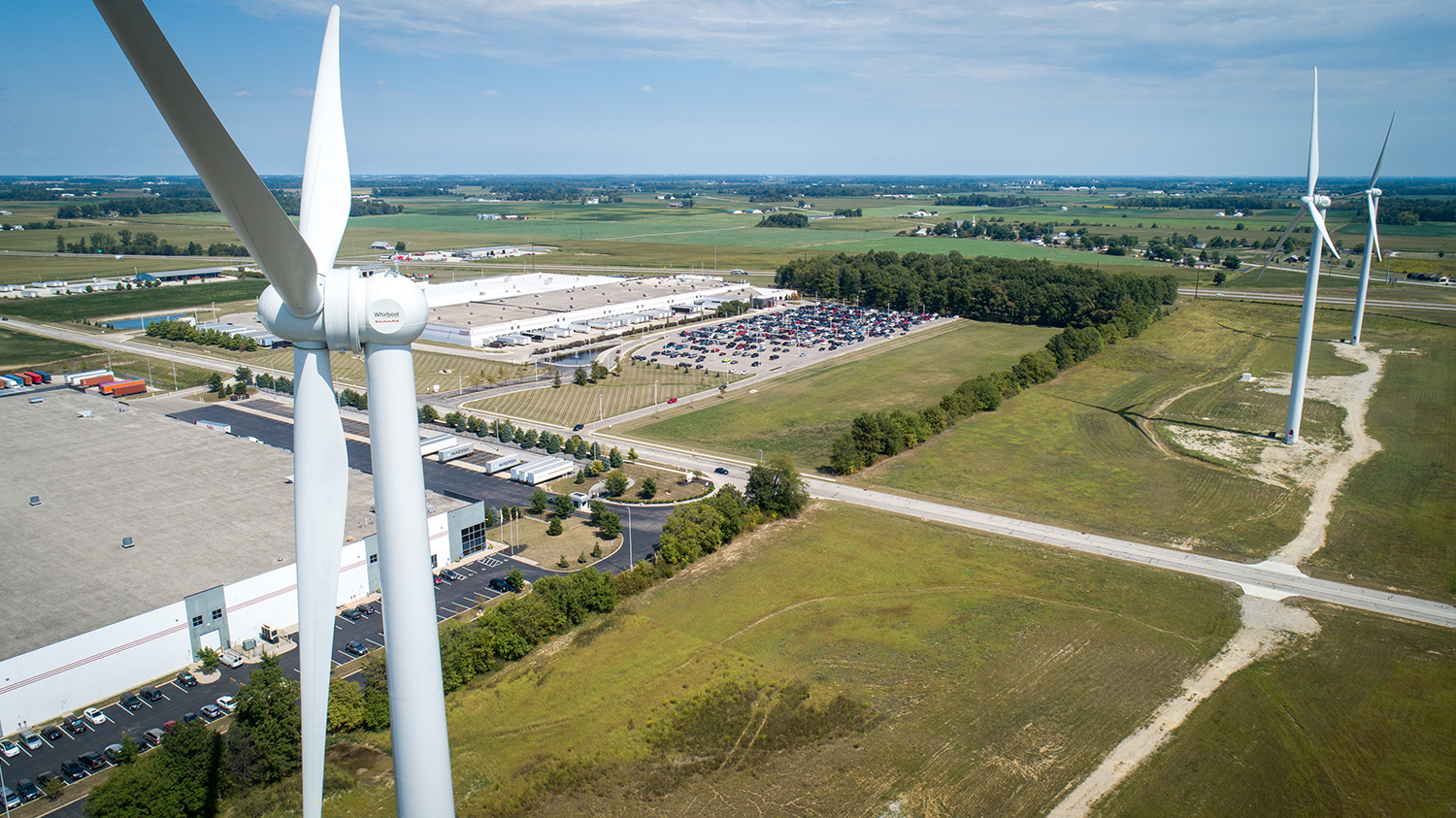One of the difficulties of running a business is finding an appropriate way to outfit your employees. While it is not a legal requirement to supply “ordinary clothing” for work – items like winter jackets, work uniforms, and rain gear, for example – expecting your workforce to spend thousands of dollars individually to comfortably complete their job is unreasonable.
State-mandated labor laws provide a framework for employers to follow when utilizing their workforce. If you are working in an industry with additional regulations, there are likely other guidelines your employer must consider (OSHA, MSHA, etc.). However, while many employers look to the law when determining how to outfit their employees, it can mean a lot to work for a company that takes care of its employees above and beyond the minimum requirements.
When it comes to construction, most workforces are expected to perform in all elements: rain, snow, sleet, wind, and very high or low temperatures. They need to be prepared for anything. Do they need fire-resistant clothing? Waterproof clothing? Insulated gloves? What do they need to bring themselves and what should be provided for them?
Basic PPE is an obvious requirement that employers must provide (hard hats, gloves, earplugs, masks, etc.). The pandemic makes it even more difficult, as no gear should be shared among groups of people without extensive sanitization protocols. All gear should be individualized and provided to employees to use for work purposes.
Even the “ordinary clothing” employers are not legally responsible for providing should be considered. Are these items things workers normally have and wear? I don’t know about you, but I do not casually wear lined Carhartt pants on the weekends, or a high-visibility rain jacket, or a fire-resistant long sleeve shirt to lounge around in at home. But at many companies, I would be responsible for equipping myself with (and paying for) those items. In total, my gear probably costs at least $5,000. This is not an instance where “business casual” will suffice. Here at One Energy, we believe that items required by an employer should be supplied by the employer.
Then there’s the issue of items that can provide additional comfort for workers when completing their job requirements – things like hand warmers, yak tracks, heated clothing, bandanas, etc. At One Energy, we believe these items should be provided at the employer’s discretion.
What we have regularly done at One Energy is trialed new gear with individuals who feel the item would be a value-add to the construction and operations groups. If it turns out to be a good addition, we will often buy the product for the entire team. This type of back-and-forth communication with crews is beneficial to both finding the best products available and maintaining a sense of well-being as a team. A comfortable workforce equals more productivity (when my fingers are numb, I am the slowest cable terminator of all time).
I recommend the following rules for employers in the construction industry who are outfitting their teams.
Outfitting rules of thumb as an employer, or the “New Minimum”:
- Buy and issue critical PPE to all employees.
- Buy your workforce everyday work uniforms.
- Buy your workforce “job required” gear.
- Determine if there are any specialized or unique items needed for specific work activities and stock that distinct PPE to be issued on an as-needed basis.
- Create a catalog of items that your workforce can choose from. Regularly update that catalog.
- Allow for your employees to demo new products that may be more comfortable for them.
- Set up an annual review of employee work attire and see what needs to be replaced and/or allocate a dollar value for replacement (for example, assuming 10% of my gear needs to be replaced every year, I would allocate a $500 budget to new gear).
The items noted above may seem obvious. Here is something that is not. I am a woman in construction. When I show up to work, I don’t put a power suit on, I put on a pot of coffee and my most durable gear for that day’s weather. I have also hired many women to work in construction, and finding quality gear to outfit them with has been perplexing. This industry is male-dominated, and it is PAINFULLY obvious. I regularly order men’s clothing for myself because I know they have a range of products that will work. For women in construction, there is a wide selection of pink hardhats, boot-cut jeans, and too-large-for-my-hands gloves, but comfortable and durable workwear for women is rare. What if there is a pregnant woman on your staff? I have recently investigated maternity workwear and came up with nothing. (On that note, if you read this and know of construction clothing or brands suited for women, please leave a comment!)
When industry standard doesn’t set the bar high enough, employers need to adjust. Workplace outfitting is one instance where that adjustment is straightforward and pays for itself. If a team is outfitted well, they look more professional, act more professional, and ultimately get more done.
Chelsea Bumb is the Head of Construction at One Energy.
Learn more about Chelsea and the One Energy team.






























